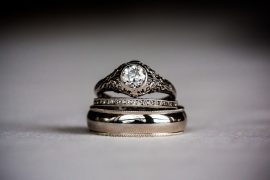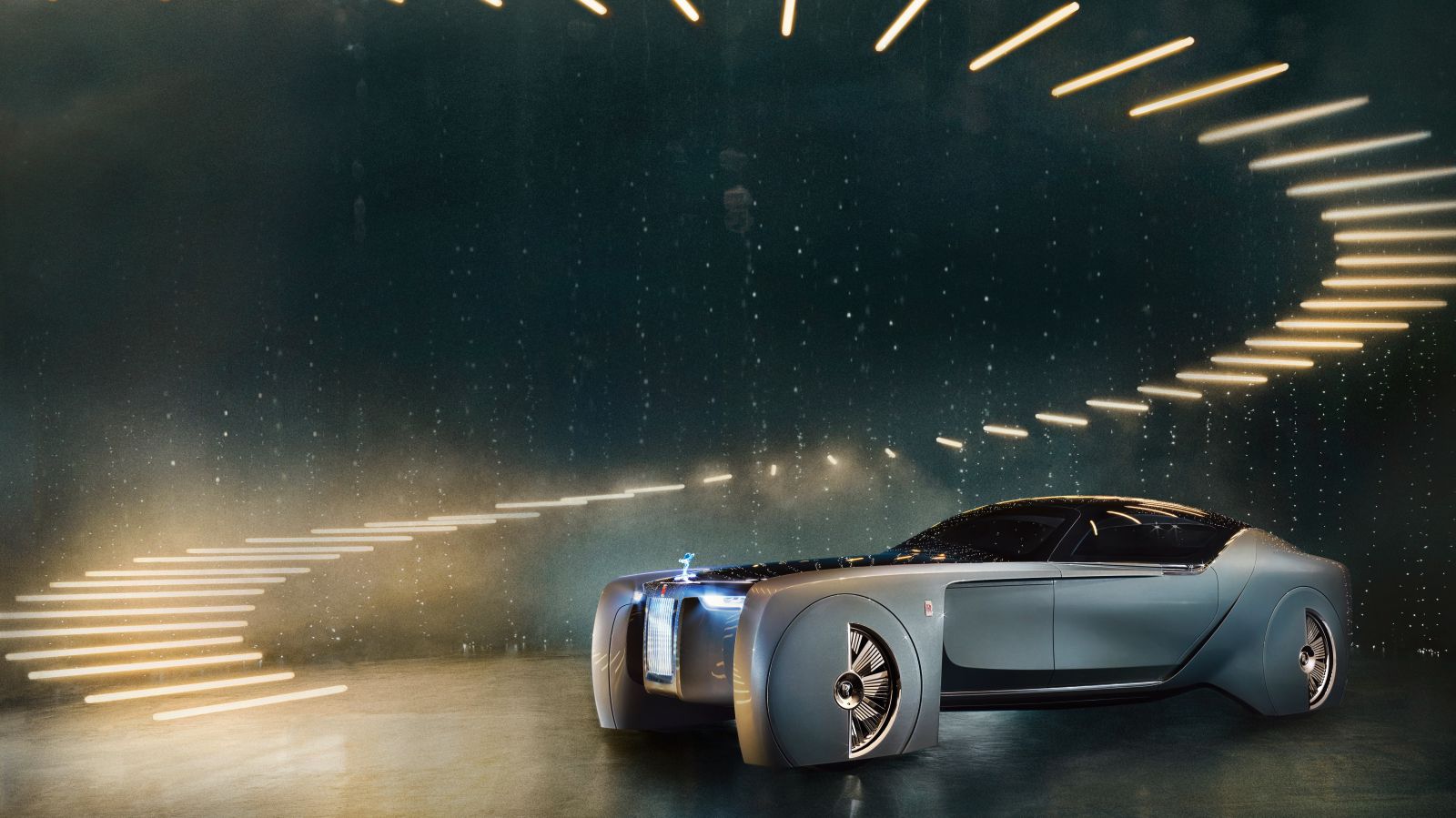It’s really not until you see the outright joy and happiness in the face of an individual who suddenly finds they are able to hear again that you really get a sense as to how much most of us take hearing for granted. We all know that hearing is crucially important and the thought of having our hearing compromised in any way is enough to scare most people half to death. Nevertheless, nothing can prepare anyone for the true horror of hearing loss, or what can prove to be the unparalleled joy of once again having hearing restored.
Of course, the scientific and medical communities are making incredible strides these days toward a future where most cases of hearing loss can and will be reversed. This post on technology needed to hear looked a little more closely at some of the incredible gadgets being used right now to help restore hearing in a wide variety of patients, so what kind of technology are experts already making use of?
Cochlear implants
One of the most exciting advances in the field of hearing restoration of recent years is that of the cochlear implant. This small electronic device is used to counteract or compensate for damage to the cochleae and works by picking up external sounds and producing them in a way the patient can hear.
When such an implant is successful, hearing can be restored to such an extent as to enable the patient to understand speech for example, though it does not fully restore their hearing across the board.
There’s an amazing video below I recommend you watch – you get to see medical miracles unfold before your eyes thanks to technology advancements in the treatment of hearing loss. The sheer joy seen on their and loved ones faces is very moving.
According to official estimates, there are now in the region of 11,000 patients in the UK that have been successfully fitted with these kinds of implants. Worldwide, there have been approximately 350,000 successful implants and the number is growing by the day as technology and techniques improve.
Bionic Ears
While it may sound like some fantasy concept from a far off future, the bionic ear is not only real but has already been used successfully in around 250,000 patients all over the world. What makes the bionic ear different to the above example is the fact that it is usually implanted directly into the head of the patient, under the skin behind the ear. The device electronically stimulates the inner ear’s nerves in order to produce the sensation of hearing in those with hearing loss. It is to a large extent very similar in nature to the cochlear implant although with the bionic ear there are no external components.
Tinnitus Implant (Mutebutton)
Last but not least, while it may not be a hearing restoration device specifically, new generation technology is offering new hope to sufferers of Tinnitus like never before. Tinnitus is the perception of sound in the ear, usually a ringing noise, although it can be a high-pitched whistling or buzzing, ringing, or hissing. A new gadget known as the Mutebutton has been made that stimulates the tongue and could be a new way to tackle tinnitus. Sufferers use the device for just half an hour each day and is designed to help the brain turn down the volume of phantom noise of the condition.
The system includes headphones and a lollipop-like device that sits on your tongue and stimulates it in time with a relaxing mixture of music and nature sounds, which is played through earphones connected to a signal generator the size of a mobile phone.
The Mutebutton is likely to be available in the UK later this year.
So as you can see, the future for those suffering from hearing loss has to some extent never been brighter as the world moves closer toward an era when most types of hearing loss can be treated or cured entirely.








